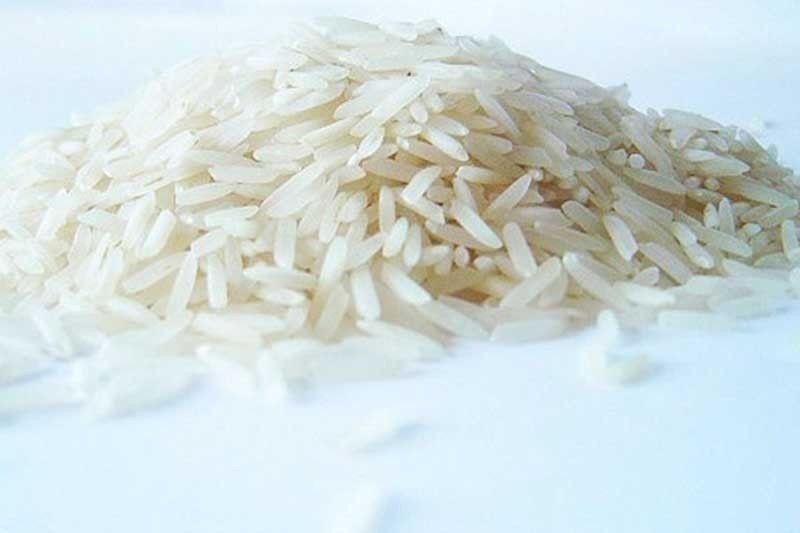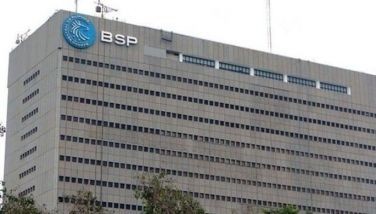Philippines rice self-sufficiency dips to 86% in 2018

MANILA, Philippines — The Philippines continued to fail in producing enough rice for the growing population as the country’s rice self-sufficiency ratio (SSR) has declined to 86.17 percent in last year resulting in higher import dependency for Filipinos’ main staple.
In the latest report of the Philippine Statistics Authority, the country’s self-sufficiency ratio of rice in 2018 settled at 86.17 percent, down 7.27 percentage points from the 93.44 percent in 2017.
SSR is the extent to which a country’s supply of commodities is derived from its own domestic production.
A ratio of less than 100 percent indicates inadequacy of food production to cope with the demand of the population.
The country’s dependence on rice imports increased to 13.83 percent from 6.56 percent in 2017.
Economist Rolando Dy said last year’s rice shortage pushed inflation up, forcing the country to rely on rice imports.
“Weather was a factor as farmgate price was favorable. NFA failed to import stocks as early as mid-2017. There was low NFA stocks in 2018,” Dy said in a text message to The STAR.
Dy said the Philippines was likely to record a lower SSR this year following the liberalization of the rice industry which allowed unlimited importation of the commodity.
Apart from rice, corn also registered a reduction in SSR to 88.43 percent from 94.34 percent amid dwindling local production. Imports went up to 11.57 percent.
Meanwhile, adequacy in production was continuously reported for coconut and sugarcane, as well as for fruits like calamansi, papaya and pomelo.
Vegetables and root crops such as tomato, cabbage, eggplant, cassava and sweet potato also maintained adequacies in production.
Onion and garlic also saw declines in SSRs to 61.53 percent and 9.02 percent, respectively.
The production level of potato declined to 83.41 percent.
For livestock and poultry products, self-sufficiency was sustained for chevon and chicken egg.
The country was nearly self-sufficient for dressed duck at a ratio of 99.28 percent.
However, declining SSRs were observed for beef 60.99 percent, carabeef 65.1 percent, pork 86.09 percent and dressed chicken 93.63 percent.
Fish products such as milkfish, shrimps prawns, crabs and oyster recorded sufficient production.
The SSRs of round scad and tuna declined to 96.94 percent and 81.35 percent, respectively.
Meanwhile, increasing dependency on importation was noted for coffee, garlic, onion, peanut and mongo.
- Latest
- Trending


























